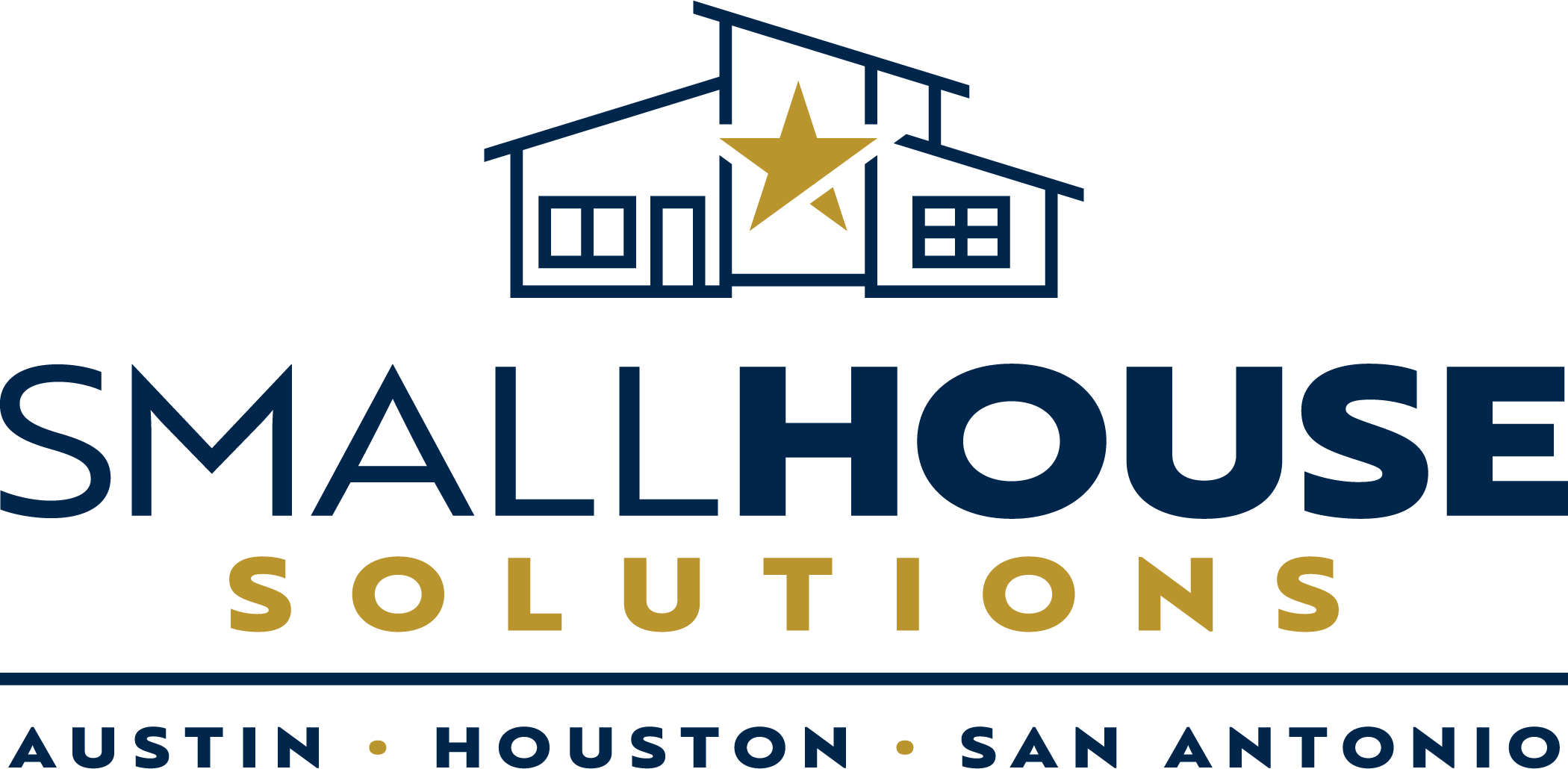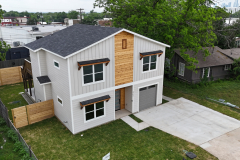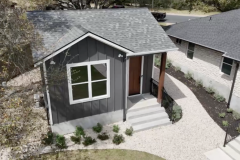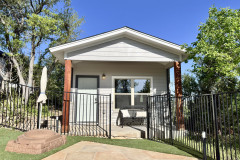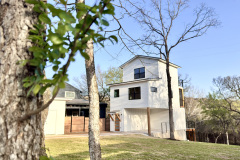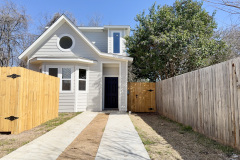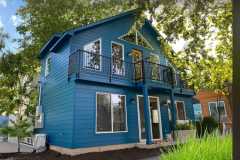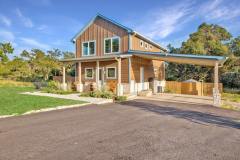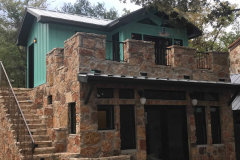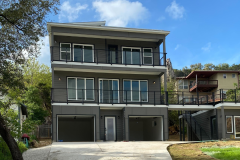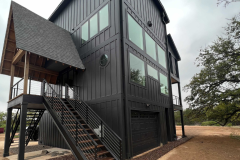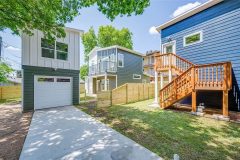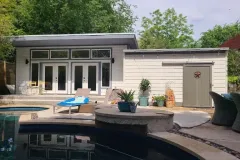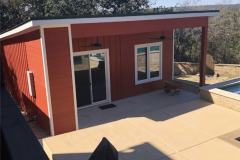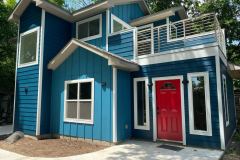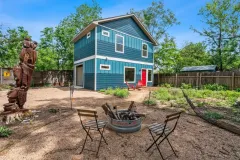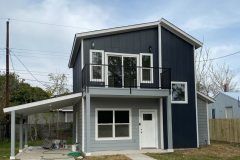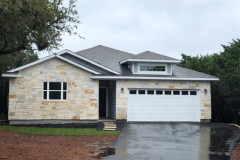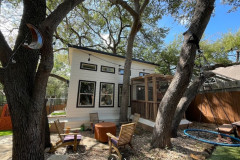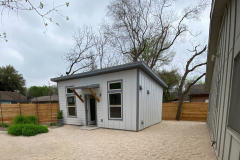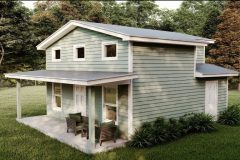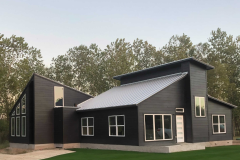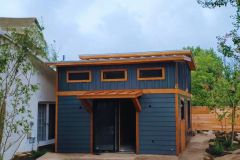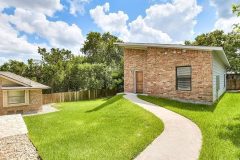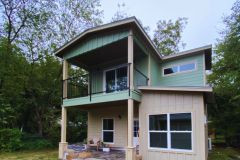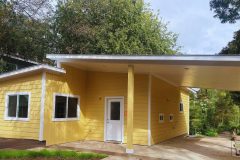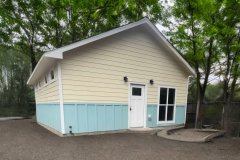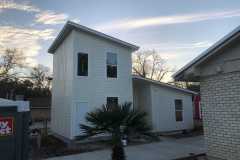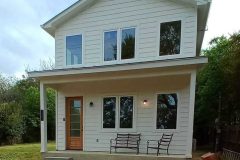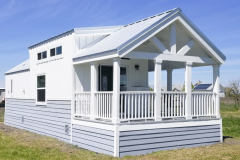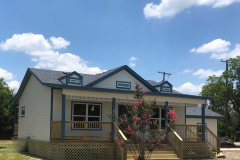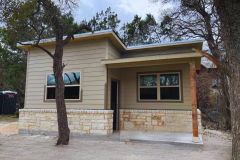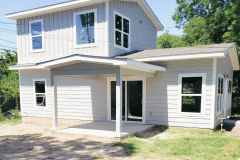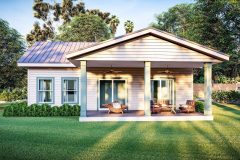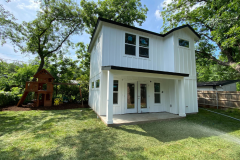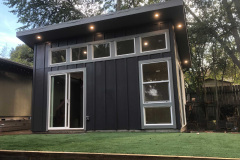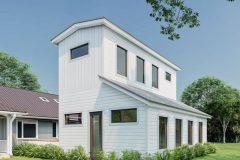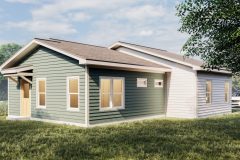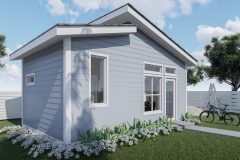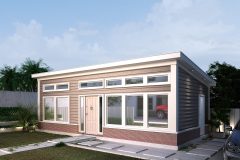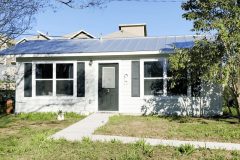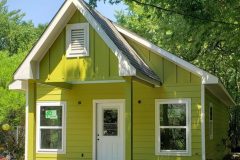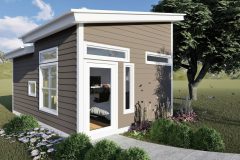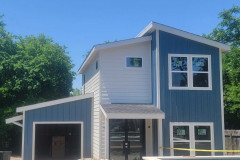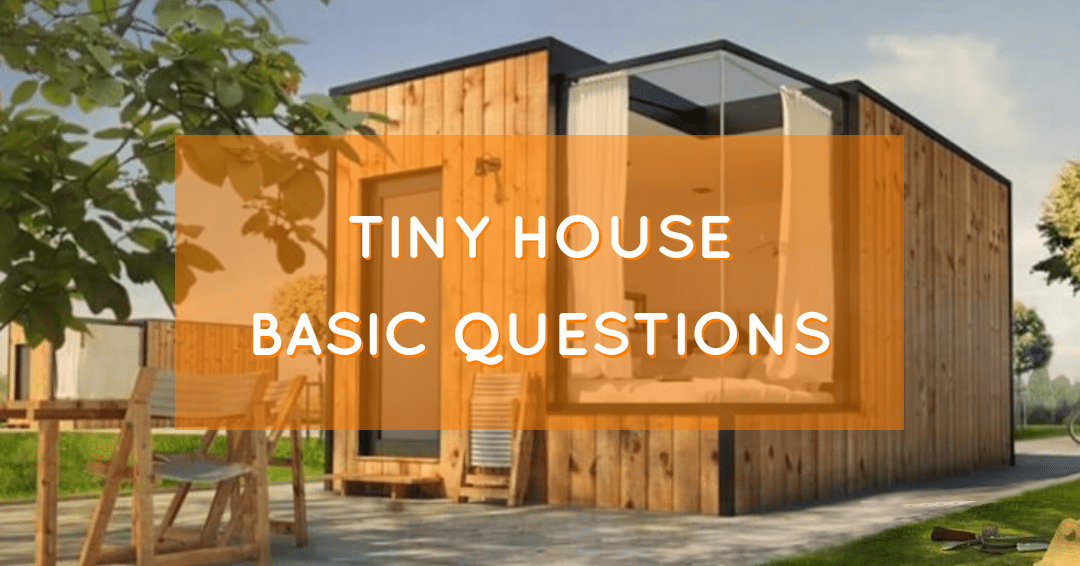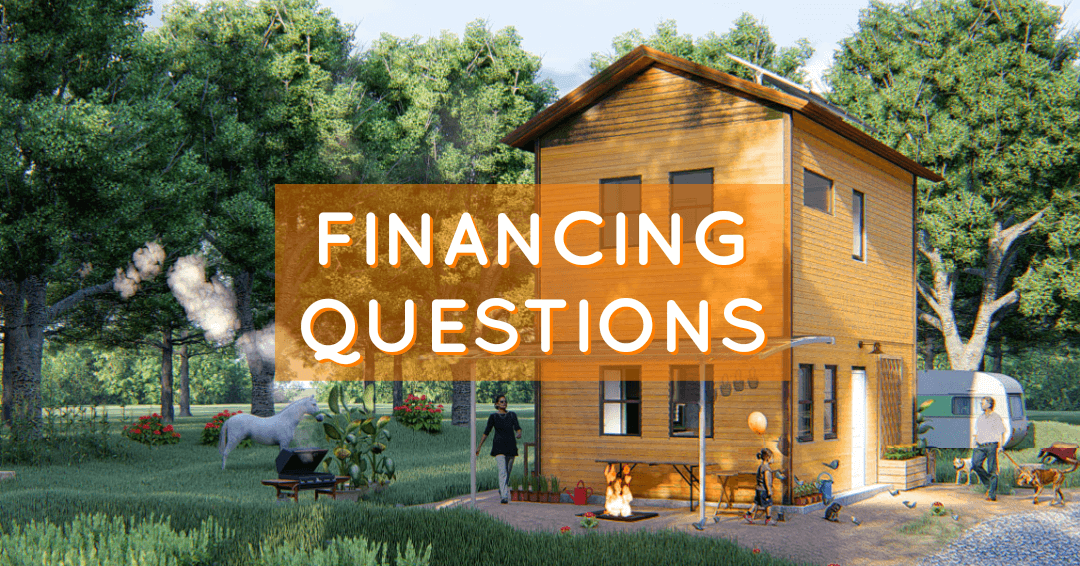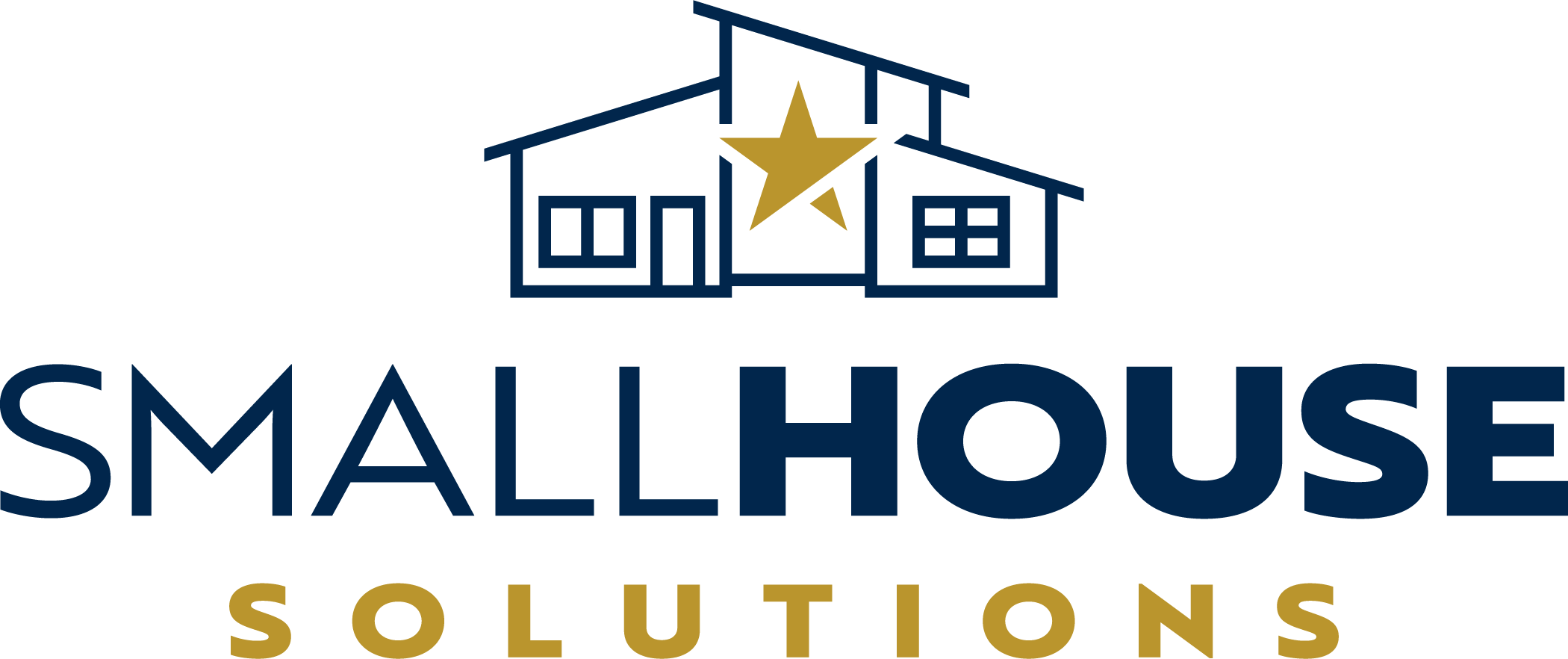Small House Solutions Projects
Wonderful Projects of Small House Solutions
Do you build in my area?
Small House Solutions is an Austin, TX based Custom Design-Build Firm serving Austin, San Antonio, Houston and their respective suburbs. The best way to determine if our services extend to your area is to contact us directly with your property address or desired build location.
What is the Difference Between a Tiny House on Wheels, Tiny House, Small House, and ADU?
There is a lot of confusion with regards to the usage of these terms, and others. While a nomadic “tiny house” on a hit TV show might be a “house” to some, it’s not considered a “house” to many local municipalities and counties regulators and building officials.
A tiny home that is indeed a legal residence within a city, must be designed and constructed according to the locally adopted version of the International Residential Code (IRC). This is the residential building code standard that building officials throughout the country review for permitting, and inspect to in order to furnish a Certificate of Occupancy.
While a tiny house on wheels may be a great solution for someone willing to live in an RV Park, tiny house (on wheels) community, or rural acreage in the county, it is not legal to have a tiny house travel trailer or RV hooked up to utilities and occupied within city limits. This is true of every city we’ve researched and is outlined in each city’s zoning code.
Tiny House On Wheels: A structure built atop a chassis. 8.5’ max width. 13.5’ max height. Some are registered with the State of Texas as “Travel Trailers” and are given license plates, some are not and are moved occasionally with a “One-Trip Permit” which must be obtained every time the structure is to be moved.
Tiny House: A home between 200 and 500 sqft. The home is built atop a permanent pier-and-beam or slab-on-grade foundation. The home complies with the local adopted version of the International Residential Code (IRC).
Small House: A home between 500 and 1,100 sqft. The home is built atop a permanent pier-and-beam or slab-on-grade foundation. The home complies with the local adopted version of the International Residential Code (IRC).
ADU: Additional Dwelling Unit or Accessory Dwelling Unit. These are secondary structures built on the same plotted property as the primary structure. While every city has different regulations regarding ADU’s, Austin, Houston, and San Antonio are friendly to them. These are also referred to as granny flats, backyard homes, mother in law suites, guest homes, pool houses, and a variety of other terms. Not sure if your property qualifies for an ADU, Guest House, Employee House, or another type of Accessory Structure to fit your needs? We’re ready to help.
How do I know if I can build in my own backyard?
There’s many factors to be considered. Backyard buildings are our passion! Accordingly, we’ve done deep research to satisfy various city’s zoning codes and septic regulations of various counties. We have maintenance close communication with various municipalities’ Development Services Departments and are always on the lookout for revisions to the adopted codes.
Here are some questions we ask ourselves during our feasibility / due-diligence study on a specific lot to consult with our clients on the best path forward:
– What is the purpose of the structure?
– What is to be included in the structure in order to accomplish that purpose?
– Location of the lot (City or County? Which City, Which County?)
– Is there a special zoning overlay or neighborhood planning area for the lot?
– Is there an HOA or any enforceable deed restrictions for the lot?
– Is the existing home on a well or a public water source?
– Is the existing home on a septic system or does it tie-in to the sewer?
– What is the size of the lot?
– What is the size of the existing home?
– How many bathrooms are in the existing home?
– What is the existing Impervious Cover %?
– What is the existing Building Coverage %?
– What is the existing Floor-Area-Ratio (FAR)?
– Are there any locally protected trees or state protected heritage trees on the lot?
– Are there any drainage or utility easements on the lot?
– What are the building setbacks from lot lines?
– Will an exterior visitability route be required on this lot?
– Is an additional parking spot above the code minimum required for an ADU on this lot?
– Is the lot in a floodplain?
– Is the lot in an Erosion Hazards Zone?
– Will the lot require a water service line upgrade under the street?
– Will the lot require an existing water meter upgrade?
– Will an electrical service panel upgrade be necessary?
– Will the ADU house the electric meter(s) and main panel, or will the existing house?
Is there any way I can get a rough estimate of the house I’m trying to build?
You can contact us directly by phone, the “contact us” link, or social media. Provide us with as much detail as possible regarding your property and what you are wanting to build. We will do our best to provide you a rough estimate range.
Keep in mind, when it comes to tiny and small homes, much of the costs of construction consists of engineering, permitting, land improvement, and utilities connections. Without you providing info about your property, or a potential property you are searching for, it will be difficult to provide you an estimate.
When we provide a cost estimate range, the price points we provide you include architectural design, geo-tech engineering, structural engineering, permit application, permits, inspections, and completed build.
Is financing available for tiny homes?
Yes. However, it seems that the big mortgage buying banks are less inclined to purchase mortgages from smaller banks if the homes are less than 600 sqft. Bring this up to lenders as you’re shopping for a good construction loan product.
A construction loan lender will want the following:
Application of borrower/buyer
Borrowers/buyers financial docs, tax returns, etc…
Application of builder/contractor
Architectural plans for appraisal
Cost/Budget Sheet and Draw Schedule
An executed contract between borrower and builder
On a construction loan, a lender will typically fund 80-90% of the total appraised value of land + construction costs. Construction Costs include “soft costs” such as engineering, geo-tech engineering report, structural engineer, permit application, etc… And “hard costs” such as a septic system, foundation pour, framing…
If you own land outright, the appraised value of the land may cover the 10-20% of the total appraised value of the land + construction costs you need to put down. In this instance, you would not need to provide any money down to the lender.
Each lender is different regarding when they are willing to fund you or the builder. Some lenders will cut a check or wire funds immediately upon closing to get the engineering and permitting process started. Others wanted the engineering done prior to closing. Some lenders require the foundation form boards set or the foundation poured before they will release funds.
Be sure to ask the tough questions to your lender regarding these points to find the right loan product and bank or credit union for you to work with.
Do you provide financing?
On a construction loan, a lender typically lends 85% of the total appraised value of the house (based on plans) + development + land.
Like what you see? Give us a call and claim your FREE CONSULTATION!

